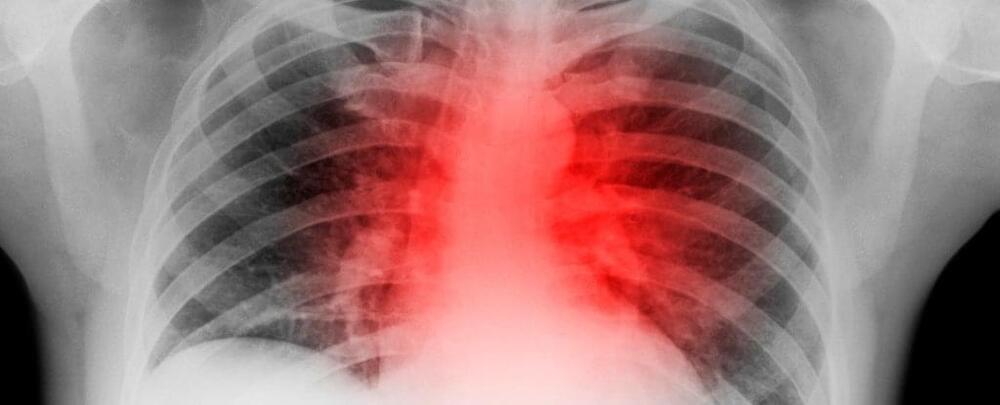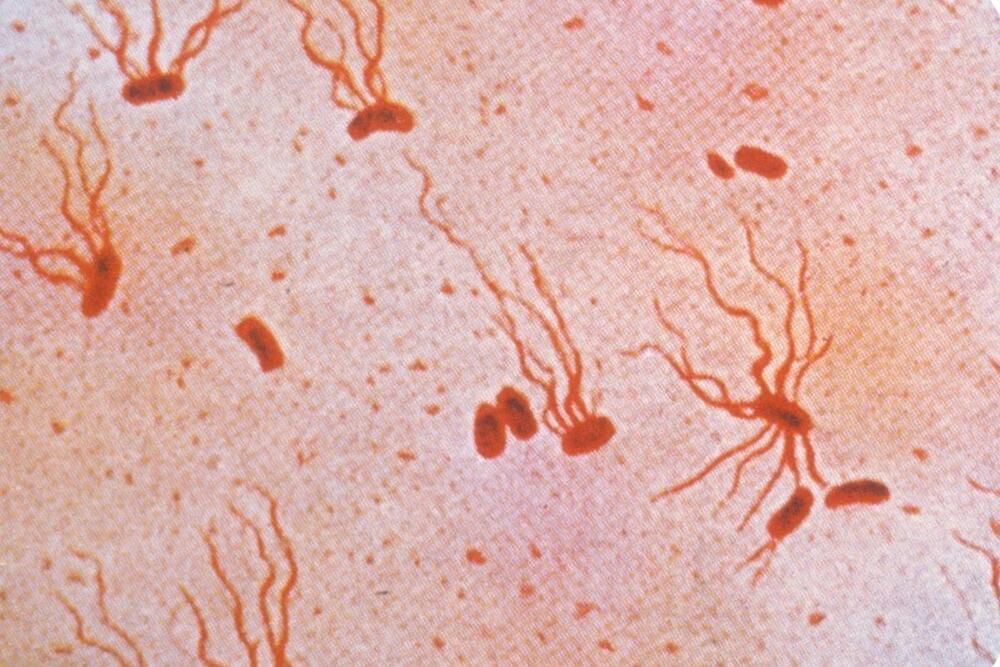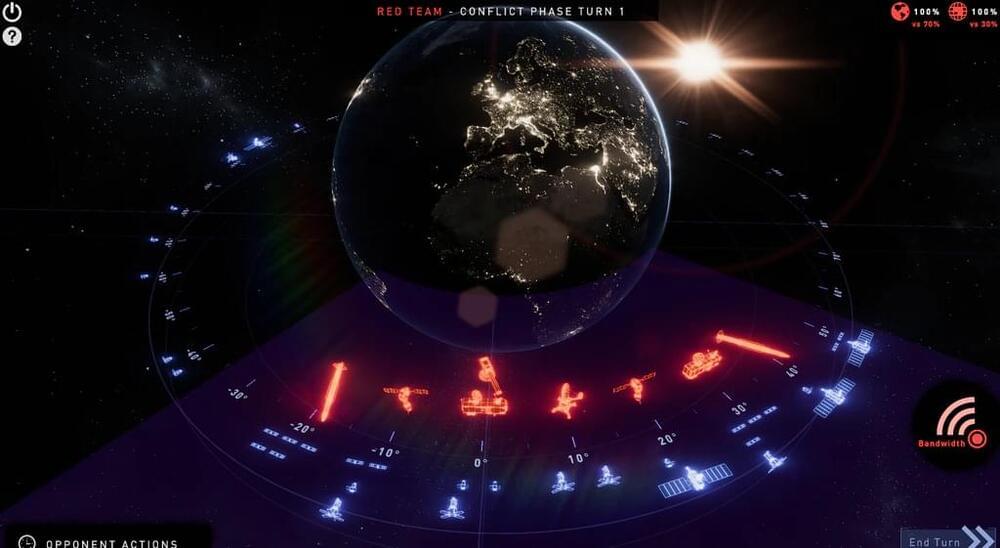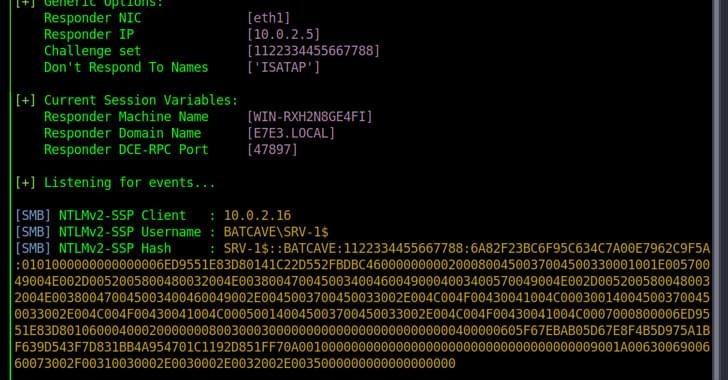A population of photosynthetic algae has been shown to exhibit a highly nonlinear response to light, forming dynamic structures in light-intensity gradients.
Many photosynthetic microbes move in response to light. For example, the single-celled green alga Chlamydomonas reinhardtii swims toward moderate light to photosynthesize and away from intense light to avoid damage. Two longstanding questions about this light response regard how light-seeking cells move in a light-intensity gradient and whether this motion depends on cell concentration. Now, Aina Ramamonjy and colleagues at the French National Center for Scientific Research (CNRS) and the University of Paris have answered these questions [1]. The results could improve our understanding of how groups of photosynthetic organisms arrange themselves into dynamic patterns to control the amount of light that they receive.
In 1911, the botanist Harold Wager reported a seminal study [2] that launched the field of bioconvection, a collective phenomenon that results in self-organized structures and emergent flow patterns in suspensions of swimming microbes. The overall picture is that dense collections of microbes that are heavier than surrounding water but can swim against gravity self-organize into passively descending, cell-packed plumes flanked by actively ascending, cell-sparse populations.






